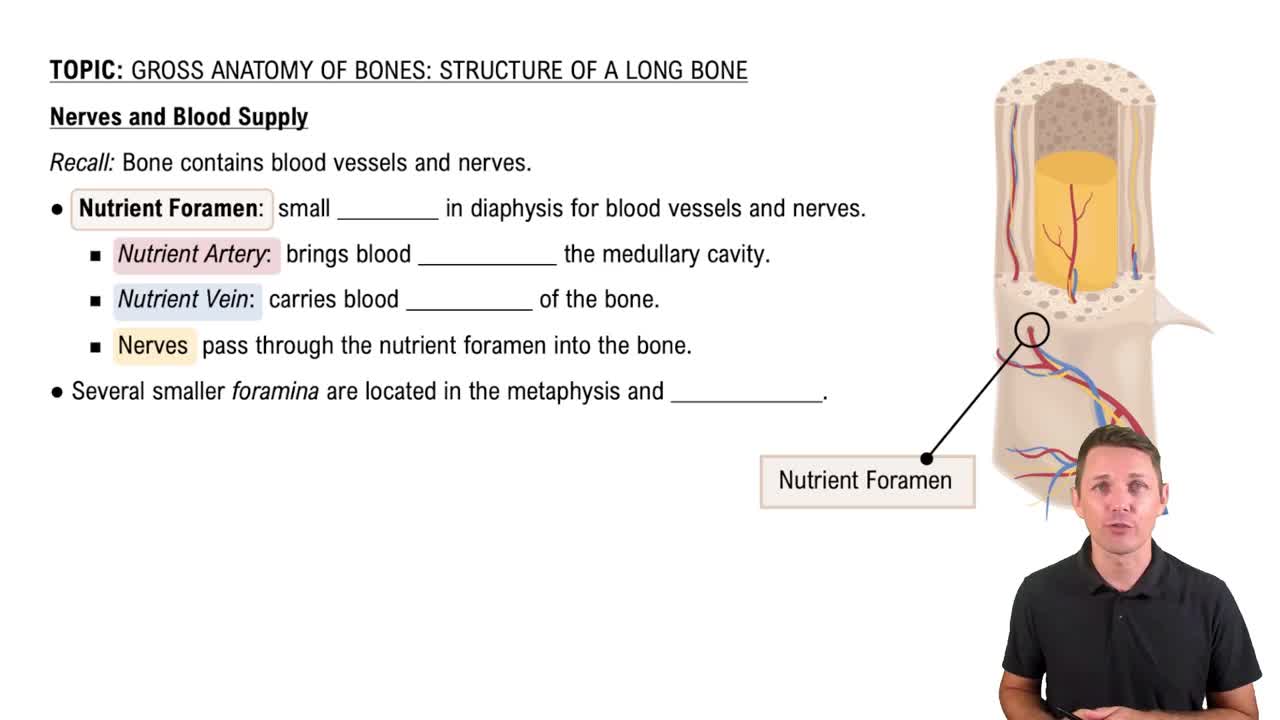Multiple Choice
How many pairs of spinal nerves are there in the human body?
216
views
 Verified step by step guidance
Verified step by step guidance Verified video answer for a similar problem:
Verified video answer for a similar problem:



 6:29m
6:29mMaster Spine (Vertebral Column) with a bite sized video explanation from Bruce Bryan
Start learning